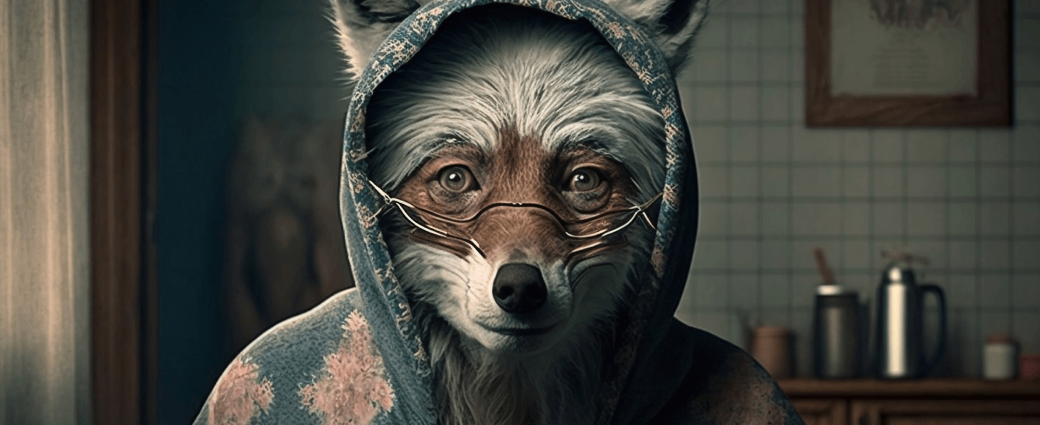
AI-powered delivery date estimates to boost conversion
Give shoppers peace of mind and protect and grow your bottom line
Personalized tracking experiences to build brand loyalty
Returns and exchanges management to mitigate fraud and reward best customers
Proactive communication to drive customer lifetime value
Delivery claim management to tackle fraud and build trust
The Rise of Resale Shopping

Consider the way the sharing and resale economies have impacted consumer spending habits in your lifetime.
Fashion in the Sharing Economy
Twenty years ago, consignment and resale shopping was largely restricted to brick and mortar storefronts. Now, millions of people purge and fill their closets through services like The RealReal, ThredUp, and Poshmark. Fifteen years ago, you booked lodging directly with a hotel, or, perhaps, through a search engine.
Now, millions of homeowners are de facto hoteliers and landlords as travelers rent properties around the world with Airbnb and VRBO. Ten years ago, you wouldn’t ride with a stranger unless his chauffeur or taxi license was displayed in his vehicle. Now, you summon drivers through Lyft and Uber without a second thought.
While the traditional thrift store market is growing eight percent per year, the online resale market is growing at 35 percent annually—17 times faster than the overall apparel market.
At its core, the shift in these markets comes down to a difference in how we value ownership.
According to recent research from Harris Poll, 78 percent of millennials would now choose to spend money on an experience or event over buying a desirable object.
Combine that statistic with the rise in the sharing and resale markets, and it’s obvious that singular, exclusive use is no longer critical when consumers seek goods and services.In the sharing economy, examples like Rent the Runway, Airbnb, and Uber demonstrate that new attitude toward ownership. In these instances, consumers—and in some cases providers— would rather pay less and have limited-time access to property, (e.g. apparel, vehicles, or homes), instead of assuming the financial burden of unfettered use.
In the resale market, whether out of concern for cost or social responsibility, consumers are sending a message that newness is not their top priority. Fashion is one of the biggest resale success stories. Secondhand apparel, both online and offline, is currently an $18 billion industry, and forecast to grow about 11 percent per year, becoming a $33 billion industry by 2021, according to Forbes.
While the traditional thrift store market is growing eight percent per year, the online resale market is growing at 35 percent annually—17 times faster than the overall apparel market.
Not your grandmother's thrift shop experience
Although customers are willing to trade newness or exclusive use for a better price, they’re unwilling to compromise on quality and service, which is altering the online resale market from the listing experience consumers first engaged with years ago on Ebay. (Ebay, the reselling pioneer, is notably moving from secondhand goods to new merchandise.)
Because consumers have so much information about online goods, they can be more confident about the items they’re purchasing through resellers. That’s helping the secondhand market grow, and destigmatizing previously-owned merchandise, but it also means that resale facilitators like The RealReal and ThredUp must constantly innovate to improve user experience.
In a society that values experience over goods, businesses have to adapt to deliver a superior customer experience.
Today’s savvy resale customers are sophisticated professionals who want better photographs, precise descriptions, luxury authentication, and a seamless delivery experience. With those concerns in mind, a business like luxury reseller The RealReal dedicates painstaking attention to the goods it accepts for consignment, and employs professional photographers to shoot each item in-house.
It’s similar to the photography model that traditional retailers use for new inventory.
But The RealReal cannot survive without its sellers, so the company’s white-glove approach to business has to extend to its suppliers as well. The RealReal is able to execute a top-notch user experience for consignors, which encourages today’s luxury retail buyers to continue acting as tomorrow’s luxury resellers.
Business analysts like to debate that retail is dying, but we don’t believe that’s true. Retail is simply changing. In a society that values experience over goods, businesses have to adapt to deliver a superior customer experience.
As the newer sharing and resale markets become increasingly important to the consumer goods stream, businesses will have to work even harder to woo sellers into their supply chain. The secondhand apparel market, alone, is expected to grow by $15 billion dollars in the next four years. We believe businesses that invest in the technology to corner that supply right now will see significant returns on their investment in short time.
























